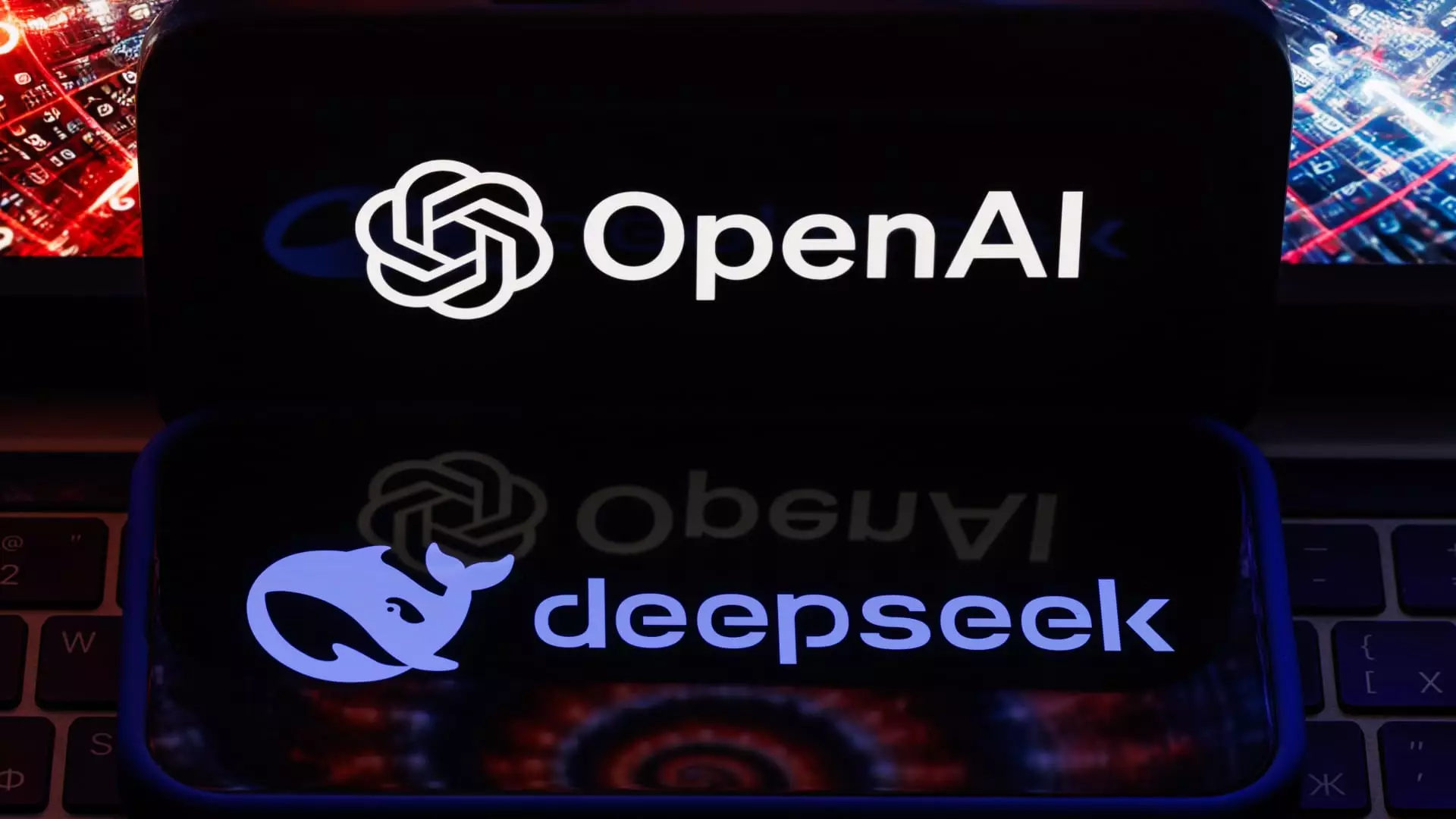In January, the announcement from Chinese artificial intelligence startup DeepSeek sent shockwaves through global markets, particularly in the technology and semiconductor sectors. The company claimed to have developed AI models that not only rivaled but surpassed the performance of their American counterparts at a fraction of the cost. This revelation ignited a conversation that stretches far beyond the capabilities of a single company, bringing to light the competitive vulnerabilities of established tech giants in Silicon Valley. As the dust settles from the initial market upheaval, it becomes increasingly evident that DeepSeek is emblematic of a larger evolution within the AI field, particularly through a process known as “distillation.”
Distillation, at its core, involves simplifying complex AI systems. By extracting vital knowledge from larger models, it allows for the creation of streamlined versions that maintain a high degree of functionality. This innovative approach has the potential to democratize AI technology, enabling small teams with minimal resources to craft sophisticated models without the hefty investments that characterize traditional development processes. As highlighted by Databricks CEO Ali Ghodsi, this is not merely an incremental improvement; it represents a fundamental shift that is set to redefine the competitive landscape in the realm of language models.
The Competitive Edge of Distillation
The implications of distillation are profound. In an industry where access to resources often dictates success, the ability for smaller entities like DeepSeek to leverage existing, more advanced models presents a competitive advantage that could level the playing field. A recent demonstration by researchers from Berkeley showcases just how impactful this technique can be—they successfully reproduced OpenAI’s reasoning model in a mere 19 hours and for only $450. Similarly, teams from Stanford and the University of Washington created their own models in an astonishing 26 minutes with a budget of less than $50. This breathtaking acceleration in AI model development marks a shift in the dynamics of innovation within the sector.
The significance of these developments cannot be overstated. The speed and cost-effectiveness with which these models can now be recreated suggest that a new era of competition will be ushered in, characterized by agility and creativity rather than capital resources. Often, the barriers to entry that once kept smaller startups at bay are being dismantled, enabling a rush of innovation that could redefine what it means to be a leader in AI.
The Rise of Open Source
DeepSeek’s emergence has also galvanized the open-source movement within artificial intelligence. Traditionally, the tech industry has oscillated between proprietary and open approaches, each with its supporters. However, the triumph of DeepSeek and its effective use of distillation has reignited the belief that open-source methodologies can dramatically enhance progress in AI research and development. As expressed by Arvind Jain, CEO of Glean, the momentum generated by successful open-source initiatives is unparalleled. It provides not only an opportunity for rapid innovation but also encourages collaboration and knowledge-sharing among developers.
The very fabric of AI development is changing as established players like OpenAI reconsider their strategies. Sam Altman, CEO of OpenAI, highlighted the need for a reevaluation of their approach, stating that they might have been “on the wrong side of history” by pursuing a closed-source methodology. This kind of introspection suggests that the traditional model of keeping AI advancements behind closed doors is becoming less tenable in the face of a burgeoning open-source culture.
As we gaze into the future of artificial intelligence, DeepSeek’s impact serves as a reminder that disruption often breeds innovation. The winds of change are pushing Silicon Valley to adapt to a new reality where smaller entities can leverage powerful techniques like distillation to compete with established giants. The race for AI supremacy is far from over, but the rules of engagement are fundamentally shifting. The rise of open-source technologies coupled with affordable and rapid model development underscores the need for incumbents to adapt or risk obsolescence in this rapidly evolving landscape. In the not-too-distant future, it may be the small, agile teams that drive the innovation narrative, rather than the historically dominant players.


Leave a Reply
You must be logged in to post a comment.